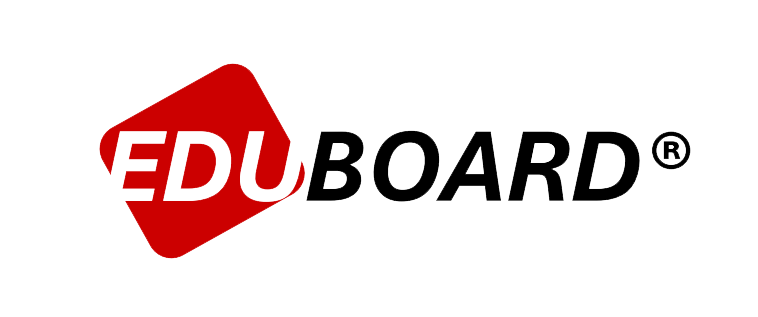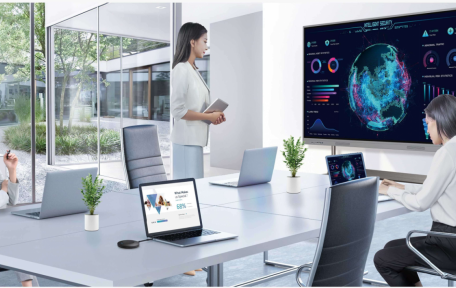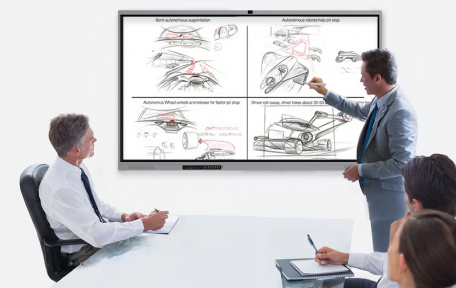EDLA and Advances in Classroom Technology
EDLA and Advances in Classroom Technology
Schools with interactive whiteboards – and schools considering adding them to the classroom as a path to improving student performance – will see a wave of upgrades to what’s possible. What’s driving that change is Google’s introduction of EDLA – the Enterprise Devices Licensing Agreement.
EDLA Certification means that interactive whiteboards will now have the same access to native Google apps that previously was only possible with smartphones and tablets. Schools running Google Classroom, Docs, Slides and many other popular apps won’t have to go through a browser to access them. That has implications for speed, reliability and the security of private information.
Eduboard interactive flat panel is a Google EDLA-certified product that provides increased security for customers. As well as increasing the popularity of use, avoiding the risk of external applications
For non-technical users, EDLA certified devices provide faster response times, less stressful app integration, tighter security over user information, wider compatibility with the school network, and more flexible customization options.
Practically all providers of interactive whiteboards will have options with EDLA certification on their new boards, but schools will also be able to upgrade their existing boards with a simple slot-in computer that brings them up to certification guidelines. The result will be a massive expansion of their board’s functionality and security, extending the functional life of their units.
Full and direct access to all the apps in Google Mobile Services (GMS) on interactive whiteboards, which is possible for the first time thanks to EDLA, will mean many different things for students, teachers and school administrators.
GMS For Students:
Enhanced Collaboration: GMS fosters collaboration among students on group projects, presentations, and assignments. Google Docs, for example, allows multiple students to work together on a single document in real-time.
Access to Educational Tools: Students can easily access various educational apps through Google Play Store, enabling them to supplement their learning and explore different subjects or skills.
Digital Organization: GMS tools, like Google Drive, help students organize their assignments, notes, and study materials digitally. This promotes better organization and reduces the risk of losing important documents.
Improved Communication: Students can communicate with their teachers and peers via Gmail and Google Hangouts, facilitating easy interaction for questions, discussions, and group activities.
Seamless Transition to Digital Learning: GMS provides students with the familiarity of Google’s user-friendly interface, making the transition to digital learning smoother and more accessible.
Security and upgrades: School IT can deploy system over-the-air updates for security patches, Android version upgrades and all the protections of Android 13.
GMS For Teachers:
Efficient Classroom Management: GMS provides tools like Google Classroom, which streamlines lesson planning, assignment distribution, grading, and communication with students. Teachers can easily organize and manage their classes, reducing administrative tasks.
Collaborative Teaching: Google Workspace apps like Google Docs, Sheets, and Slides facilitate collaborative work among students and teachers. Educators can provide real-time feedback and encourage collaborative learning within the digital classroom.
Resource Accessibility: GMS allows teachers to access a vast array of educational resources, including Google Books, Google Scholar, and YouTube for educational content. This enables them to enrich their teaching materials.
Flexibility: GMS is available on various devices, making it easy for teachers to work from anywhere. The ability to access and update teaching materials on the go enhances flexibility and adaptability in teaching methods.
Professional Development: Teachers can access Google’s training resources, such as the Google for Education Training Center, which provides opportunities for professional development and certification in Google tools and services.
GMS For Administrators:
Streamlined Administrative Processes: GMS provides tools for school administrators to manage schedules, calendars, and communication more efficiently. Google Workspace for Education enables administrators to streamline school operations.
Enhanced Data Management: GMS includes powerful data management and analytics tools to help principals track student and teacher performance, make data-driven decisions, and improve school outcomes.
Cost-Efficiency: GMS offers cost-effective solutions for education
Recent Post
Related articles









